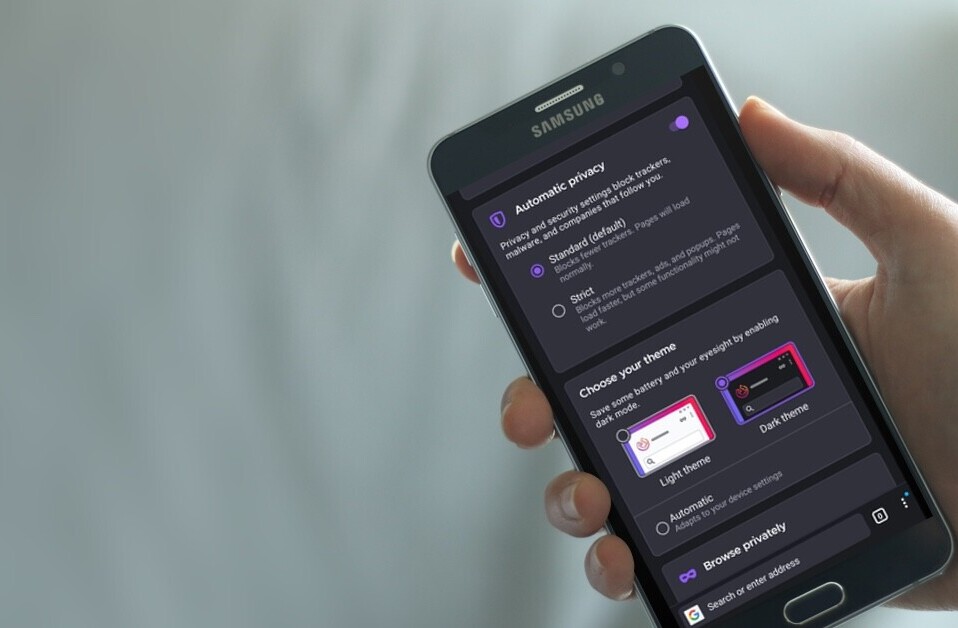
The latest version of the Firefox browser hit the web this week and it’s quite an impressive update. The theme for version 11 of Firefox was “lighter and faster”, continuing a march forward on something that the team calls “Project Snappy”.
In a post from Mozilla today, the company discussed its success in 2011 and what 2012 holds for one of the world’s top browsers. Mozilla has been in a back and forth fight for the #2 browser spot with Chrome over the past six months, as Chrome passed Firefox for the first time last December.
What’s it going to take for Firefox to keep going strong? Mozilla seems to think that branding could have something to do with it, perhaps degrading the focus on version numbers for consumers:
Version numbers will play a lesser and lesser role for users, but they will still matter to web developers, IT administrators and similar. The reason for having major version number bumps (e.g. version 6 to 7, 7 to 8, etc) is that new versions have had cases of non-backward compatible APIs, and the version number have been there to signal that it is not a minor release or maintenance update.
From a branding perspective, it will likely more go into being just Firefox, and that versioning will be more transparent.
This is of course a page out of Chrome’s book, where Google’s strength in marketing shines through once again. The heavy focus on using “Chrome” and not a specific version of Chrome has definitely helped it grab consumer attention. There is nothing worse than hearing people refer to Internet Explorer’s version number during an “out loud” conversation. Even when you shrink the name to “IE”, it still sounds lame.
Along with consumer and branding focus, which is the first time I’ve personally heard Mozilla speak on the subject, the company wants to make the update process easier for consumers as well. That’s a plus, since I’ve found that every time I upgrade to a new version of Firefox at least a quarter of my installed add-ons end up not working.
In yet another consumer-focused move, Mozilla shares that within the next few versions of Firefox, updates will become “silent”, meaning that they’ll run in the background. No longer will you bit hit with a request to download a version now or later:
To cater to update fatigue, updates will now be downloaded and installed silently in the background. It means that startup and shutdown of the web browser won’t be affected by installation routines. Additionally, the What’s New page displayed after an update can now be displayed depending if there is important information needed to be displayed to the end user. Silent updates are currently planned to land in Firefox 13.
Additionally, Firefox plans on upgrading the experience for its Web Apps, including seamless integration with the Mozilla Marketplace. Needless to say that Firefox has a full plate of work ahead of them for this year.
Since the team spent 2011 working on speed and usability it’s nice to see that the company is focused on making Firefox more consumer-friendly. With the latest version of Internet Explorer getting decent reviews it’s going to take something extremely special for Firefox to keep up. That something special might just be a better relationship with consumers, and it just might work.
Get the TNW newsletter
Get the most important tech news in your inbox each week.




